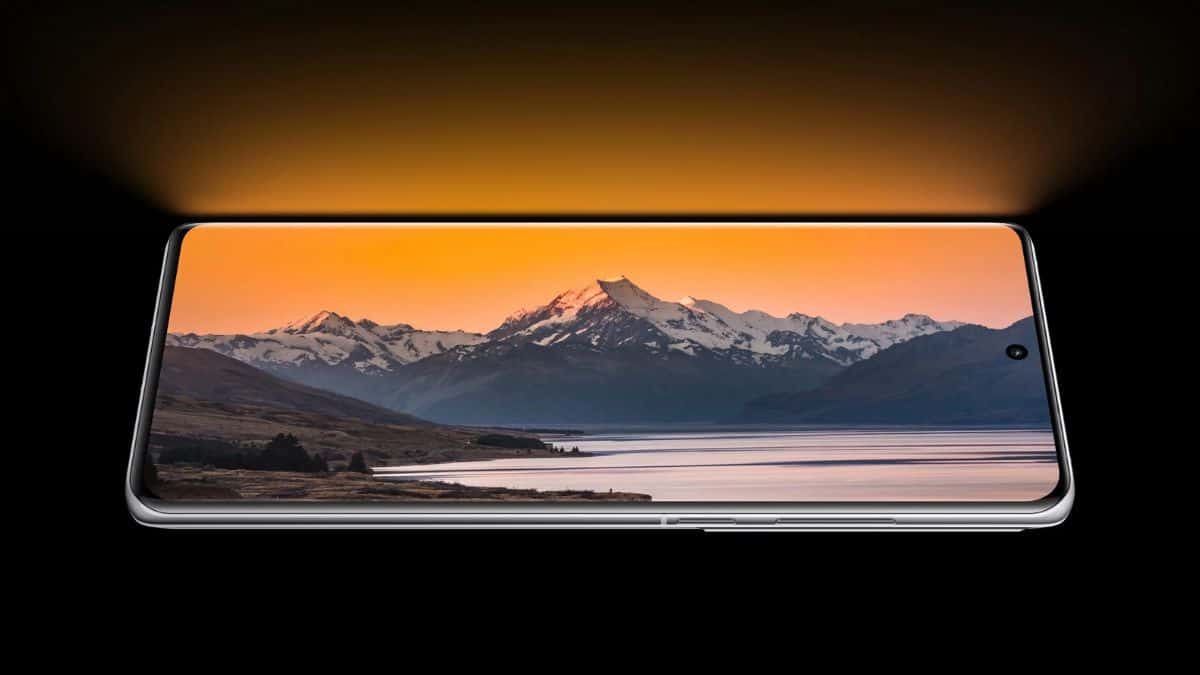What is an LTPO Display? How is it Different and Better than Other Display Panels?

The LTPO display panel is most commonly seen on flagship devices, but how is it different from other display panels, say for example from a standard OLED display?
This article will answer all your doubts regarding an LTPO display and will provide you with the answer to why it is better than a normal OLED display.
LTPO Display – Differences and Benefits
LTPO display stands for Low-Temperature Polycrystalline Oxide display and is considered to be a tweaked version of an OLED display. What is different is that, when an OLED display uses an LTPS backplane, the LTPO panel has a combination of LTPS and IGZO backplanes (LTPS – Low Temperature Polycrystalline Silicon; IGZO – Indium Gallium Zinc Oxide). The LTPS backplane will help in bringing energy efficiency, whereas the IGZO backplane offers variable refresh rates.
Now, speaking of its benefits, when taking individual parts of a smartphone device, the display is what consumes most of the device’s power, to some extent. For a normal display to support variable refresh rate, an extra hardware component is necessary, which only allows the refresh rate to change between 90Hz and 120Hz or 60Hz and 120Hz.
As noted, the phone’s display consumes a great deal of battery charge, and even when a static screen is displayed, many frames will be rendered when a standard OLED display is present. Here’s where the LTPO display becomes a lifesaver for the device.
An LTPO display is capable of supporting variable refresh rates of as low as 1Hz, and this will indeed bring a lesser battery consumption from the display side. For instance, while viewing an image or when the always-on-display is shown, the refresh rate may be 10Hz, and at the time of gaming, it can be at its maximum.
Setting the refresh rate accordingly is how an LTPO display brings a better impact on the battery, that too without the need for an additional hardware component in between the device’s GPU(Graphics Processing Unit) and graphics controller.


